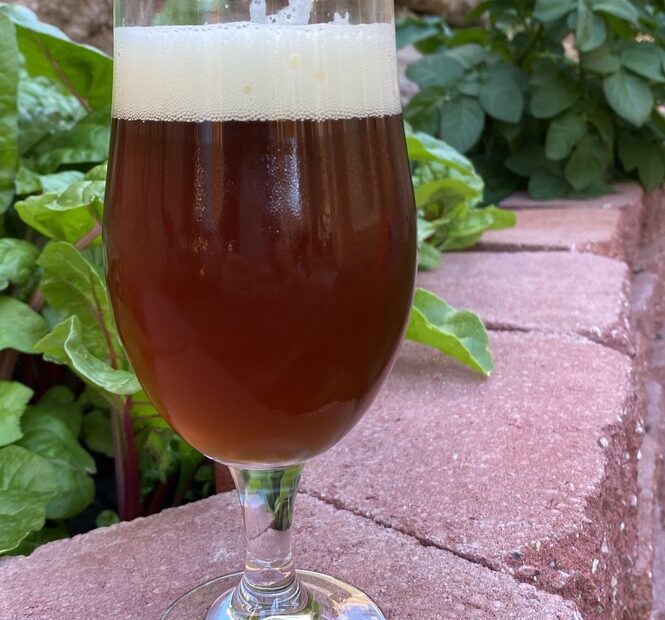Want to learn how to brew an award winning british strong bitter? In this article, I’ll show my one gallon british strong bitter BIAB recipe (11C). However, this recipe can be easily amended to accommodate an ordinary bitter (11A) or best bitter (11B) recipe.
The British Bitter series including British Strong Bitter (11C), Best Bitter (11B), and Ordinary Bitter (11A) are extremely drinkable and balanced beers. Perfect for occasions when you want to have some good conversations with friends over more than a single beer.
These beers are not bitter (or strong for that matter) by current American standards. However, some may argue that we have overdone the bitterness on occasions here in the US! The focus with the british bitter series is on drinkability.
Malt and hop bills are very similar for ordinary, best, and strong bitter. The biggest difference here is simply the strength or gravities of the beers. ABV for the ordinary bitter ranges from 3.2-3.8%, best bitter from 3.8-4.6% and finally strong bitter from 4.6-6.2%.
I hope you will enjoy this style just as much as I have come to!
Stats:
Volume: 1.0 gallons
Predicted SRM 12.7
Predicted IBU 24.75
Original Gravity 1.050
Final Gravity 1.014
ABV- 4.73%
Grain:
2.5lb Maris Otter
5oz Crystal 60L
4oz Extra Special Malt
4oz Victory
Strike water 165F, mash started at 152F
Hops:
0.15 oz East Kent Goldings (60 minutes)
0.25oz East Kent Goldings (10 minutes)
Other Additions:
Irish Moss (10 minutes)
Water:
Local Flagstaff Tap Water
1/8 tsp Gypsum
1/8 tsp of CaCl
1.75 gallon boil
Yeast:
Danstar London ESB Dry Yeast (rehydrated)
Directions:
Mill the grains and mix with 1.5 gallons of 166°F strike water to reach a mash temperature of 152°F (67°C). Hold this temperature for 60 minutes. Sparge the grains with 170°F water until you reach a volume of 1.75 gallons of wort. Boil for 60 minutes, following the hops schedule.
After the boil, chill the wort to slightly below fermentation temperature, about 64°F. Aerate the wort and pitch the yeast. Ferment at 67°F (18°C) for 2-3 weeks, then cold crash the beer to 35°F. Bottle or keg the beer and carbonate to approximately 2.25 volumes of CO2.
Tips:
You may want to adjust the grain bill based on your predicted efficiency with your system. This was the very first BIAB batch that I brewed, so efficiency was not great!
There is some room within the style guidelines to make this beer slightly stronger if that is what you are shooting for! Historically, stronger beers within the style guidelines tend to perform better in competition.
If you are interested in how to homebrew using the brew-in-a-bag BIAB method, please see my post here.
